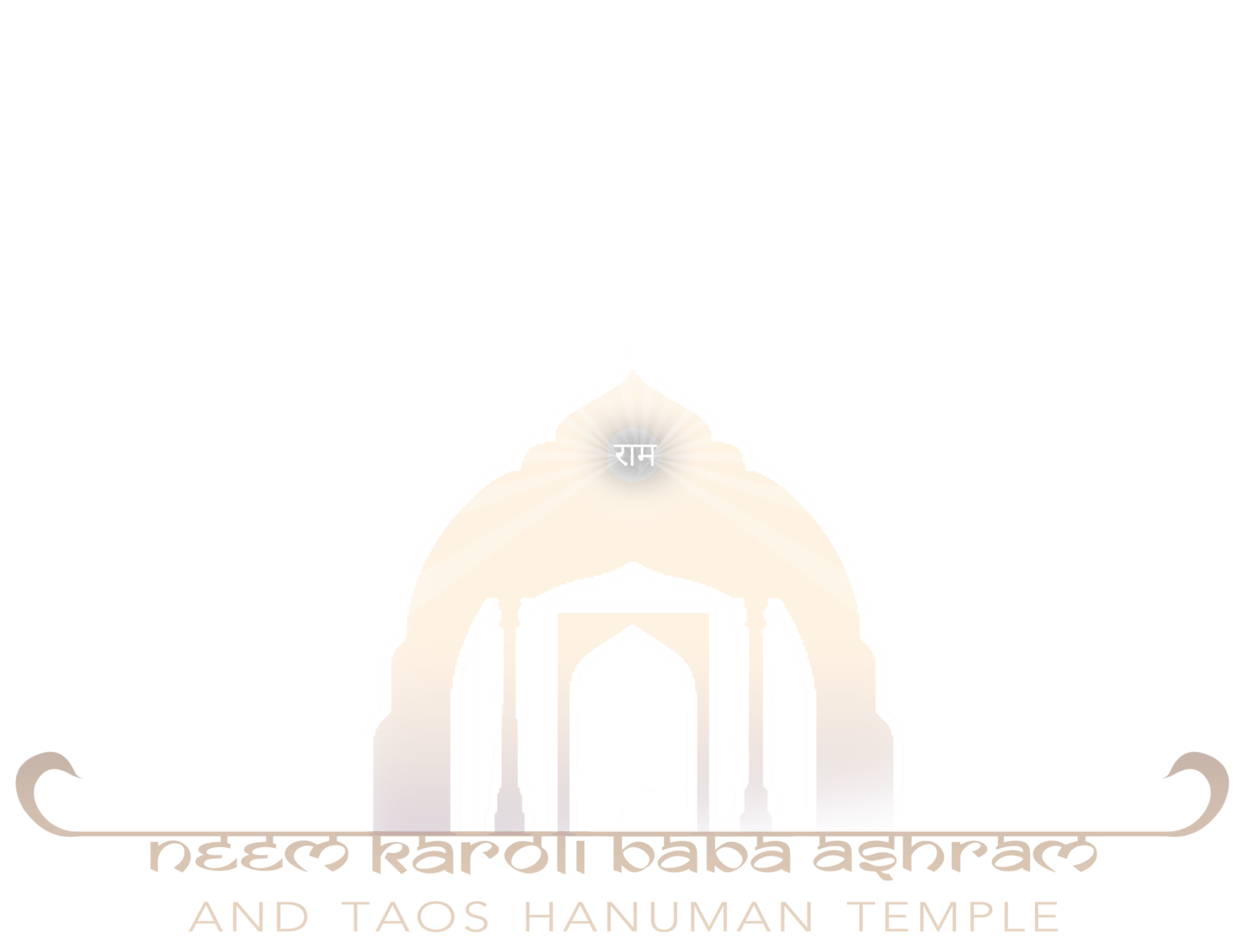Maha Shivaratri
Aum Namah Shivaya Shivaya Namah Aum
Shivaya Namah Aum
CLICK TO PLAY VIDEO!
Maha Shivaratri at the Ashram
Maha Shivaratri, the “Great Night of Shiva,” is the annual lunar holiday in honor of Lord Shiva. On this dark of the moon night, the veil between the mundane and Divine Reality is very thin, and spiritual practices performed during this period are magnified innumerable times. Shiva devotees throughout India and around the world venerate Lord Shiva with a day of fasting and by making offerings to the Shiva Lingam, the ancient phallic symbol that embodies Him. Traditional oblations of flowers and bael tree leaves are offered, and milk, ghee, honey, yogurt and water are poured over the Shiva Lingam. Throughout the night, worshippers sing devotional songs and chant the great mantra Om Namah Shivaya.At the Taos Ashram, we have a 30-year Shivaratri tradition of honoring the many facets of Shiva with an all-night puja that brings our attention to the colors that symbolize His primary attributes. From sunset until dawn, we move through five rounds of worship – meditating, singing and reciting mantras – while performing Abhisheka, or pouring libations, over the Shiva Lingam.
In the first round of the puja, the pujaris dress in white and offer a pure white stream of sweet oblations to the Shiva Lingam.
We honor the pure, Sattvic, qualities of Lord Shiva, and of our Innermost Self. This is the purity of fresh-fallen snow, a newborn child, of Baby Shiva Himself. At the end of each round, the empowered Amrit Prasad that has poured over the Lingam is shared with devotees, imbuing them with Lord Shiva’s grace and blessings.
The second round of the puja adorns the union of Shiva/Shakti with libations colored red with sensuous fruits and berries.
We move from purity and innocence into action and creation. The Divine Consort of Lord Shiva, Mother of the Universe, Ma Durga, Ma Kali is invoked to sit with Her Beloved as One!
Next is the yellow round to venerate Lord Shiva as the Supreme Ascetic, inspiring us to go deep into our own spiritual practice.
The pujaris wear austere yellow and bathe the Lingam in turmeric-colored milk and yogurt. After the yellow round, a divine dish of yellow curried samosas is offered to Baba, Hanuman, Ma and Lord Shiva. Then, some time after midnight, a full Prasad meal is enjoyed by all.
Black is the color of the transformation and renewal that comes with the inevitable destruction of all things.
The black round is an opportunity to relinquish our attachments, and anything that no longer serves our highest aspirations, into the fire for Lord Shiva to devour. Shiva now manifests, entranced in His primal Tandava dance, stomping His feet to the rhythm of death and rebirth. As the black round ends, the puja is complete.
After the pujas, after the dance, after the singing, nothing remains. Lord Shiva prevails beyond color, form and attributes as Pure Awareness, as Divine Mystery. In the final round of the night, there is no action, no puja. It is a timeless opportunity to sit in the eternal void of Lord Shiva’s lap and surrender.
This years’ Maha Shivaratri celebration begins at sunset on March 4th and continues throughout the night. If you have visited the Taos Ashram at festival time, you know that our tradition, our love and our devotion, is often expressed through music. Like all of the festivals we celebrate, Shivaratri always elicits the most ecstatic devotional singing.

